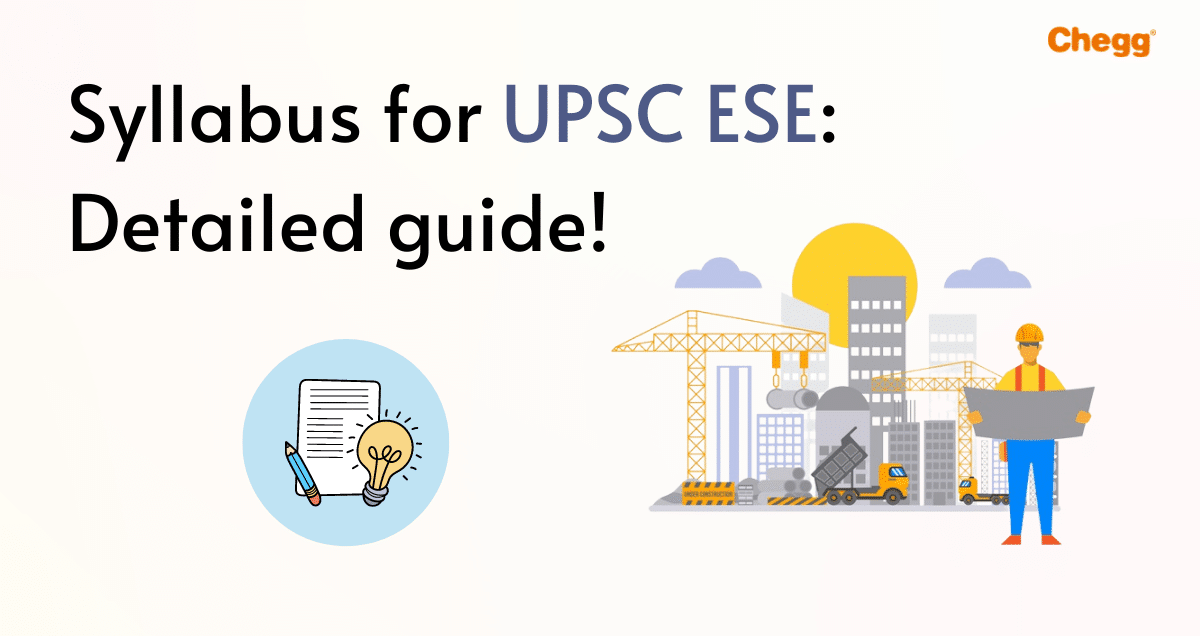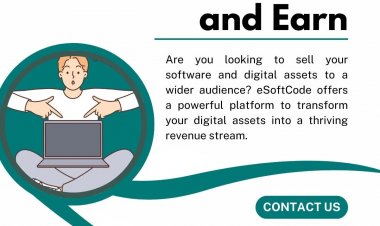Difference between ESE and IES Exams. Tips for Your Success
Working for the wellness of a country is a job of responsibility. So if you are working for the government you are not only responsible for your family. But your family becomes the whole country.

Introduction
Working for the wellness of a country is a job of responsibility. So if you are working for the government you are not only responsible for your family. But your family becomes the whole country. You are working for the wellness of every citizen of the country. Thus a chance to work for the country does not come that easy. It requires hard work, persistence, focus and the will to serve the country. Hence there are various exams that one can give to get a chance to serve the country. One of those exams is ESE or IES exams. IES is Indian Engineering Service and ESE is Engineering Service Examination. So these both exams are one and the same. I’ll tell you all about how and why. So this article is concerned all the information about these exams.
The difference between ESE and IES?
These exams are conducted by the UPSC which is Union Public Service Commission. The UPSC used to call Indian engineering service as IES and Indian economic service also as IES. Therefore these similar abbreviations for both the exams used to create confusion among the students. Hence this confusion led to filling of petition. Thus, changing the name of Indian Engineering Services (IES) to Engineering Service Examination (ESE).
So, if you are an ESE aspirant, you don’t have to get confused between ESE and IES.
What is ESE exam?
An Engineering service examination or Indian Engineering Services constitutes of engineers who work under the government as a class-1 officer. They work under the various sector of Indian economy. They are namely railways, power, telecommunications, central water engineering, defense service of engineers and central engineering service. So the work they do largely depend upon the engineering background. They includes high esteem jobs and high area of responsibility.
Other important details about the exam:
It is conducted once a year unlike other exams. This exam has very specified age limit. The age limit taking from 21 to 30 years only. The educational qualifications required for this exam is engineering with other eligibility criteria mentioned below. So there are three main steps under which this examination is conducted. They are preliminary, main exam and interview.
What are the services or posts offered?
ESE exams conducted by UPSC offers recruitment under following categories.
- CATEGORY 1: Civil Engineering
This includes posts related to Indian Railway Service of Engineers, central engineering service, survey of India group A service. It also includes Indian defense services of engineering, Indian skill development service etc.
- CATEGORY 2: Mechanical Engineering
This includes services or posts like Indian railway service of mechanical engineer, Indian defense service of engineers. It also includes central water engineering service, mechanical engineering posts in Indian navy, central power engineering service.
- CATEGORY 3 : Electrical Engineering
It includes Indian Railway Service of Electrical Engineers, Indian Railway Stores Service, Central Electrical & Mechanical Engineering Service. It also includes posts of Indian Defense Service of Engineers and Indian skill development service.
- CATEGORY 4 : Electronics & Telecommunication Engineering
This includes services like Indian Railway Service of Signal Engineers, Indian Railway Stores Service. It also includes Indian Telecommunication Service Gr ‘A’ , Indian Naval Armament Service.
What is the exam pattern?
The exam pattern of ESE is divided into 3 parts. The three stages comprises of different tests and papers with different patterns. All three stages are explained below:
Stage 1: preliminary examination
This is an objective based examination. Thus the subjects included in this exam are General Studies and Engineering Aptitude. And Engineering of streams Civil/Mechanical/Electrical/Electronics and Telecommunication.
They consists of 200 and 300 marks of 2 and 3 hours respectively.
Stage 2: main examination
This is an conventional type paper. Thus this includes two papers just like the stage one. One and the other is Engineering (Civil/Mechanical/Electrical/Electronics and Telecommunication). Both of the papers are descriptive and of 3 hours and 300 marks each.
Stage 3: personality test
How to prepare?
Many students take proper coaching for every stage of the examination. However, there is a large percentage of students who clear this examination without any help from the coaching institutes.
What is the Eligibility Criteria for this exam?
The eligibility criteria for this exam is as below:
Medical examination:
Every candidate is required to undergo a medical examination. Which is decided by the Ministry of Railways irrespective of the fact that he/she has appeared for such medical examination in the past. Even if he/she was found fit/unfit on the basis of earlier examination. So the medical examination will be conducted at various Railway Hospitals under the Ministry of Railways.
Physical standards:
Candidates should be physically fit according to physical standards for admission to Engineering Services Examination, 2021 as per guidelines.
Nationality:
A citizen of India, Bhutan, Nepal or Tibetan refugee who came over to India before January 1, 1962. They should have come India with the intention of permanently settling in India.
Person must be of Indian origin who has migrated from Pakistan, Burma, Sri Lanka or East African Countries of Kenya, Uganda. Person migrated from the United Republic of Tanzania, Zambia, Malawi, Zaire, and Ethiopia or from Vietnam. And migrated with the intention of permanently settling in India are also eligible for this exam.
Age limit:
A candidate for this examination must have attained the age of 21 years. He/ she should not have attained the age of 30 years on the 1st January, 2020. Hence it means he/she must have been born not earlier than 2nd January, 1990 and not later than 1st January, 1999. The upper age limit will be expandable up to 35 years in case if the person is existing government servant. Also, the maximum allowed numbers of attempts for ESE exam that a general candidate can have are 4 times. For a OBS candidate it is 7 times. And for a SC/ST candidate it is 9 times.
List of departments which offers recruitment are as follows:
- Ministry of Railways (Railway Board)
- Ministry of Road Transport and Highways
- Indian navy
- Ministry of Defense, Department. of Defense Production, Directorate General of Aeronautical Quality Assurance
Geological Survey of India - Ministry of Jai Shakti, Department of Water Resources, River Development & Ganga Rejuvenation, Central Water Commission
- Ministry of Skill Development & Entrepreneurship
- Central Electricity Authority
- Military Engineering Services
- Border Roads Organization
- Ministry of Science and Technology, Department. of Science and Technology
- Ministry of Communication, Department of Telecommunication
- Central Public Words Department
Conclusion
As an employee you are always looking for the job satisfaction. Where does this job satisfaction come from? This job satisfaction comes when you get something from the job and you can also give something valuable in return. Doing government job and serving the nation gives you that job satisfaction. As a government servant you are required to be accountable for the people. Therefore you have to honest and regular for the job.
There is no greater joy then working for your country. Hence, one should always try to not miss any chance to work for the betterment of the people. Jobs security, other perks, respect, work environment are just the added advantage that one can get. So, if you are even a bit interested in giving these exams. Then take my advice and start preparing for it. Because there is no drawback to this but only advantages.
The post Difference between ESE and IES Exams. Tips for Sure Success appeared first on Chegg India.


























